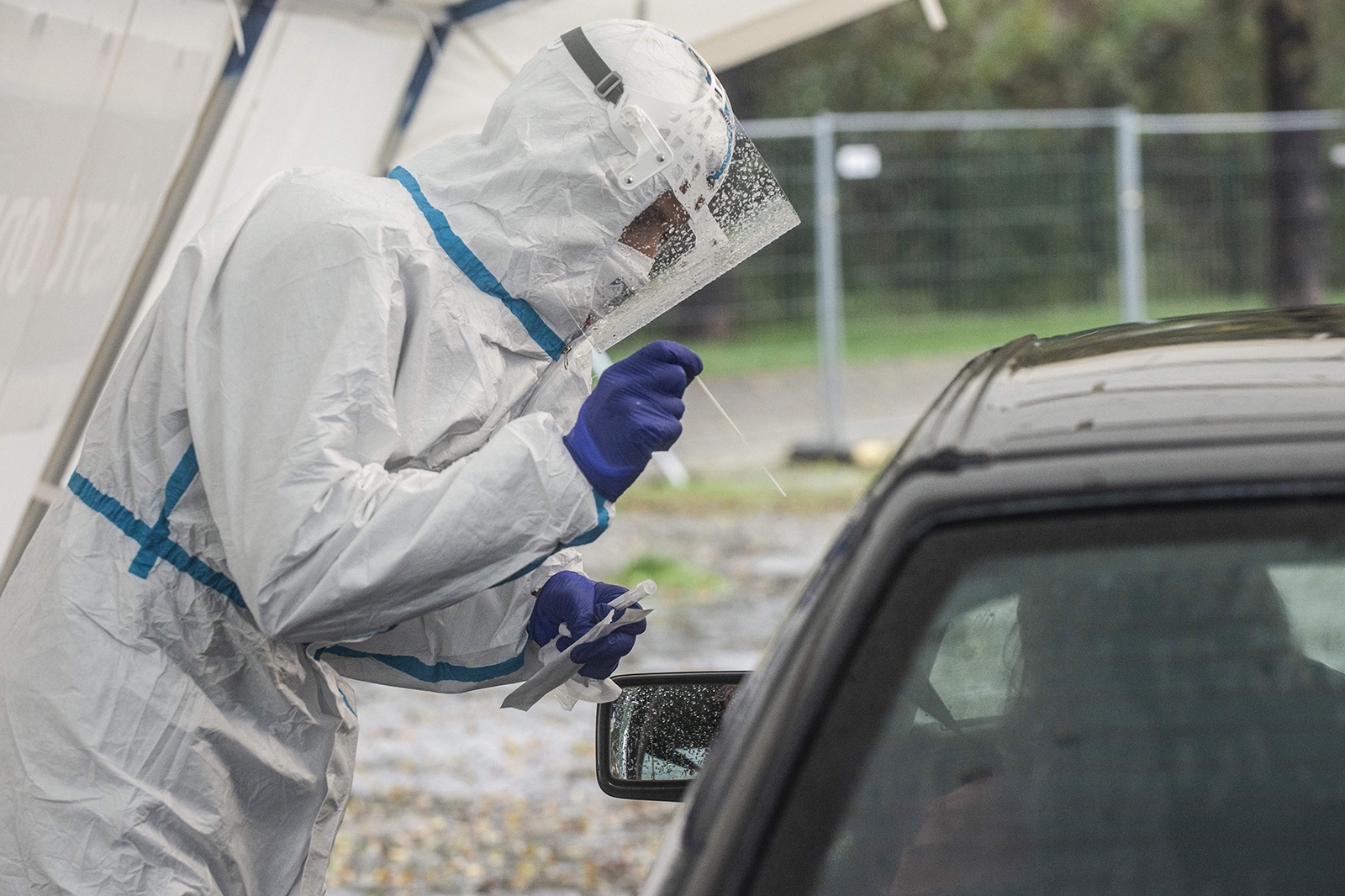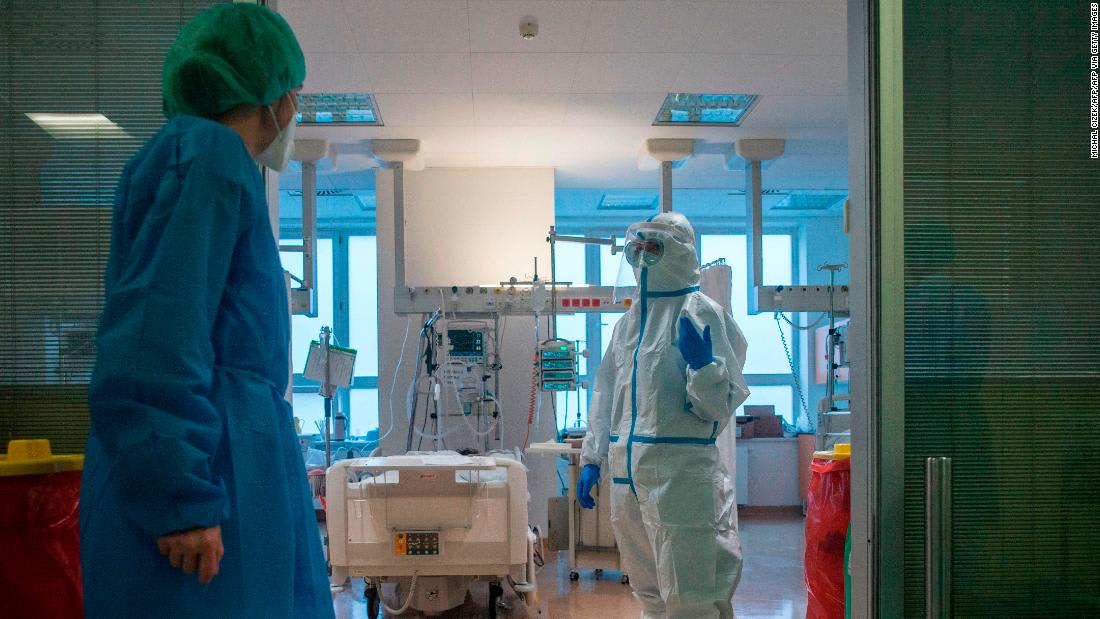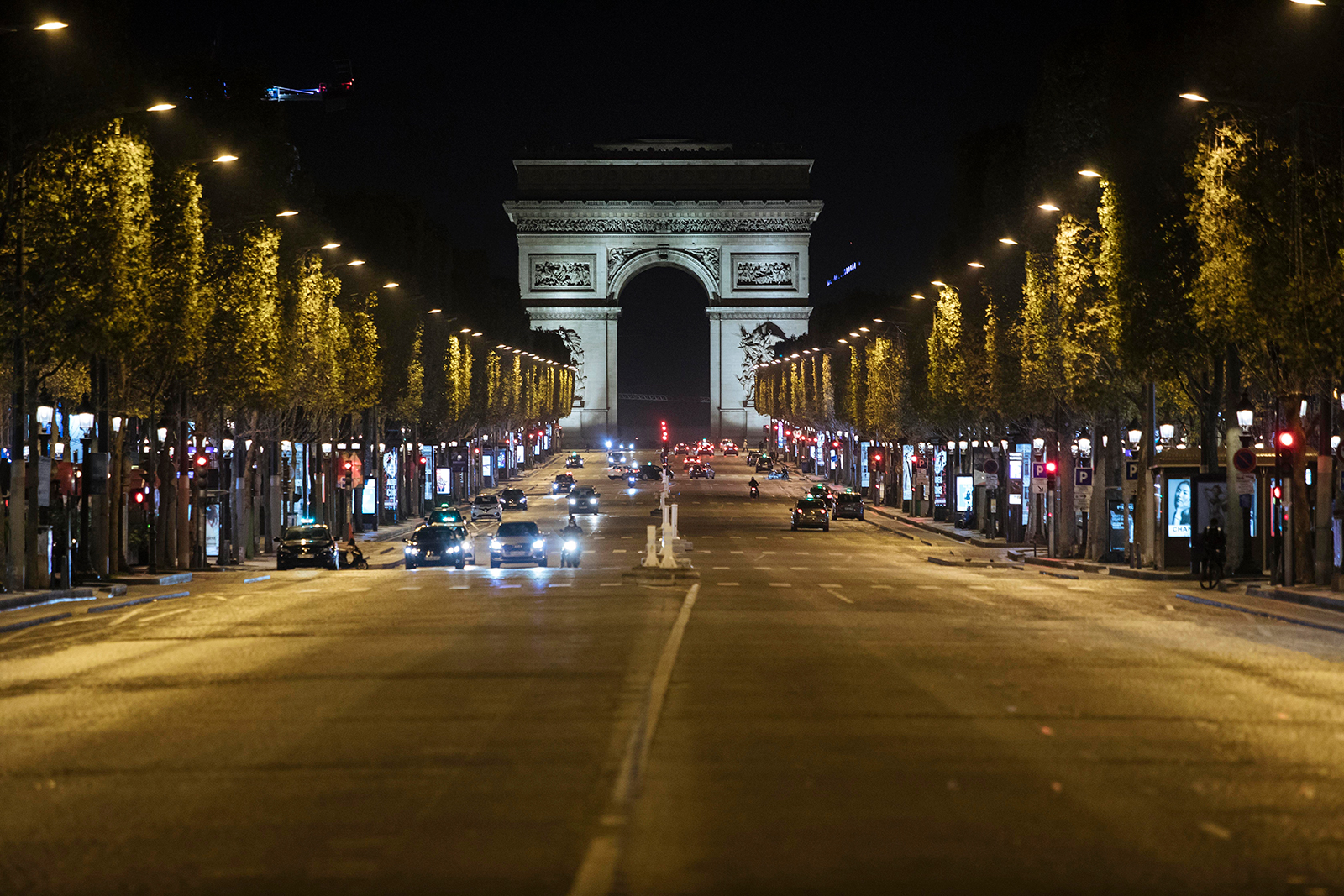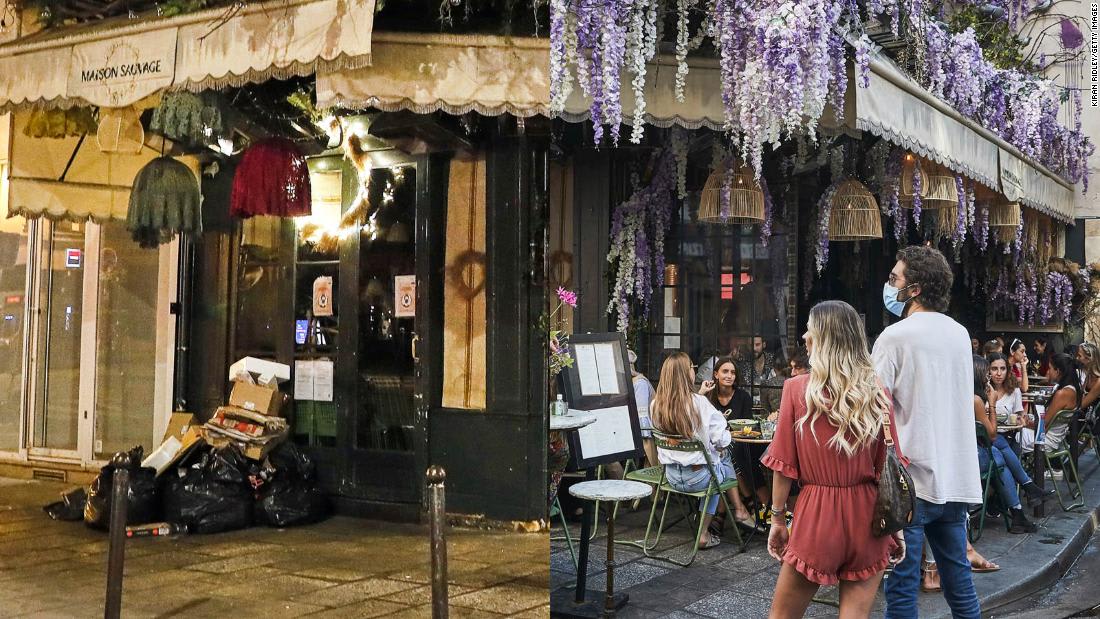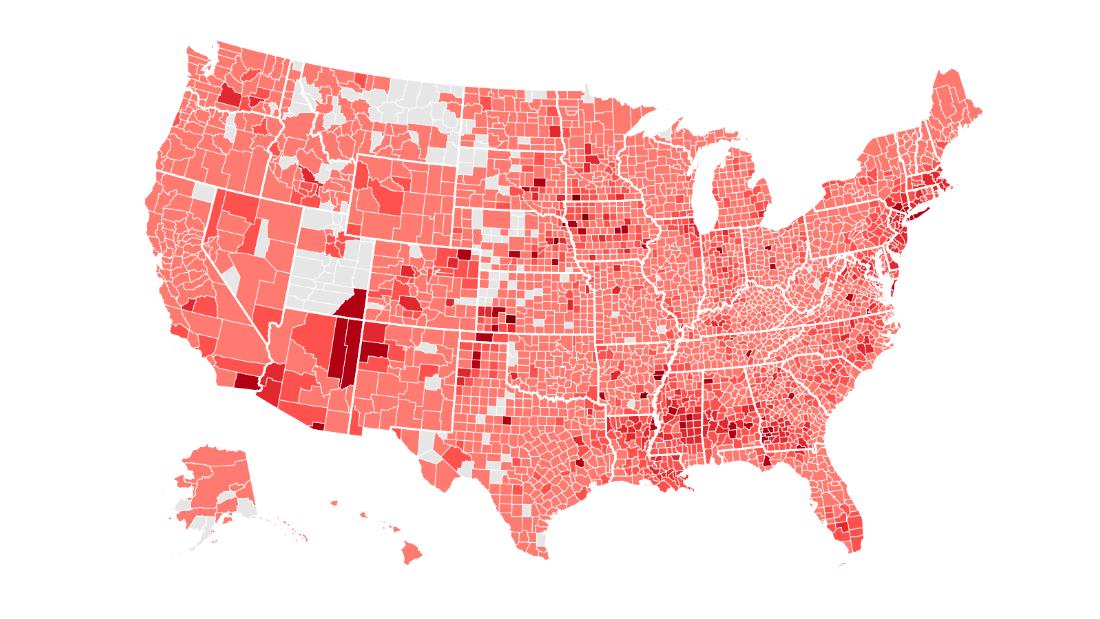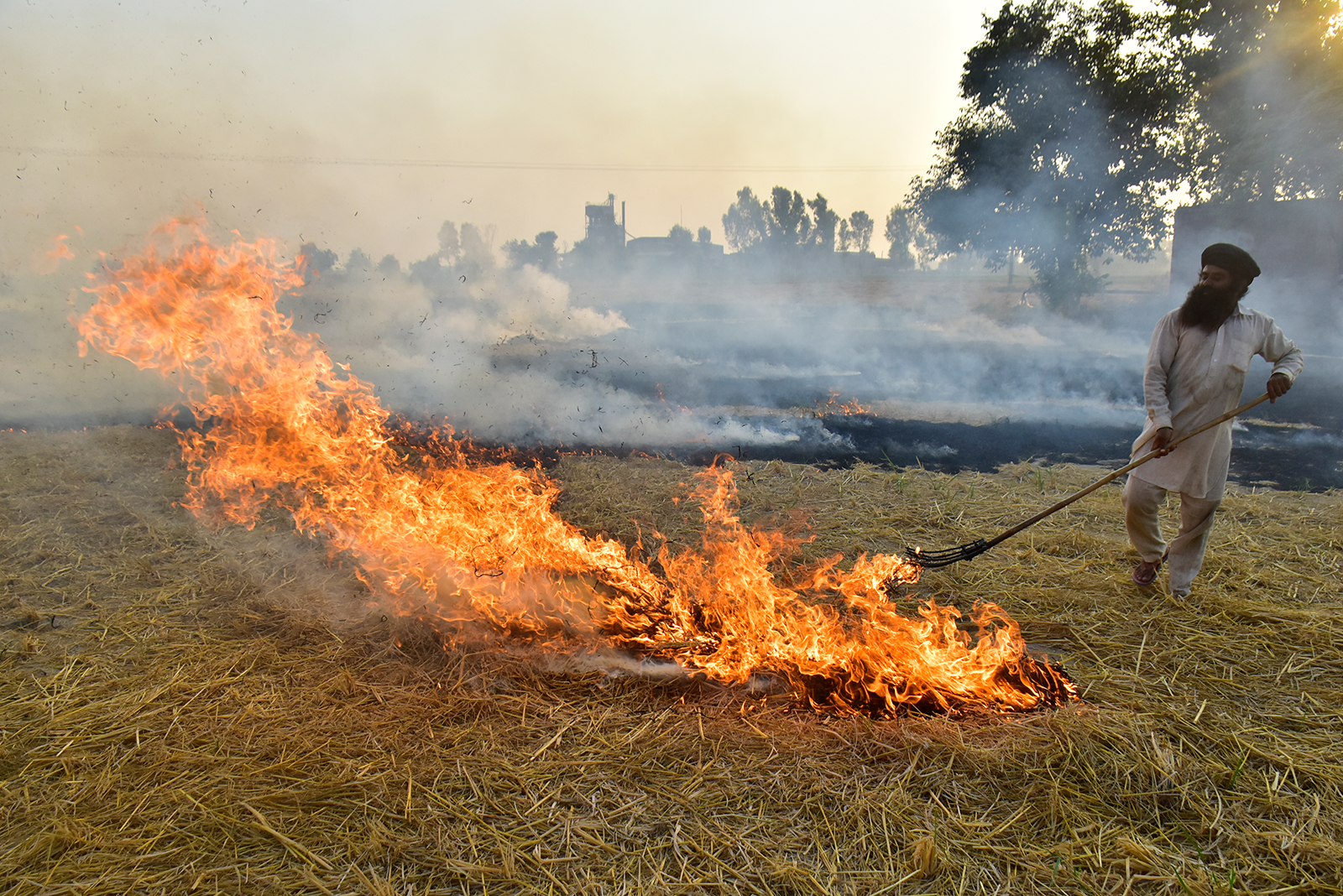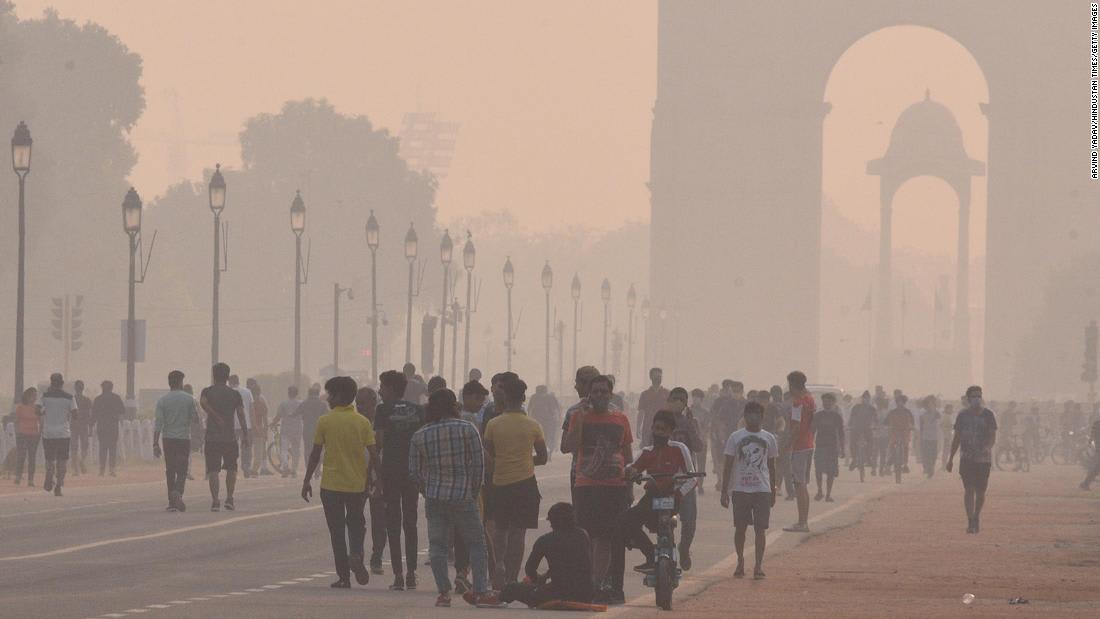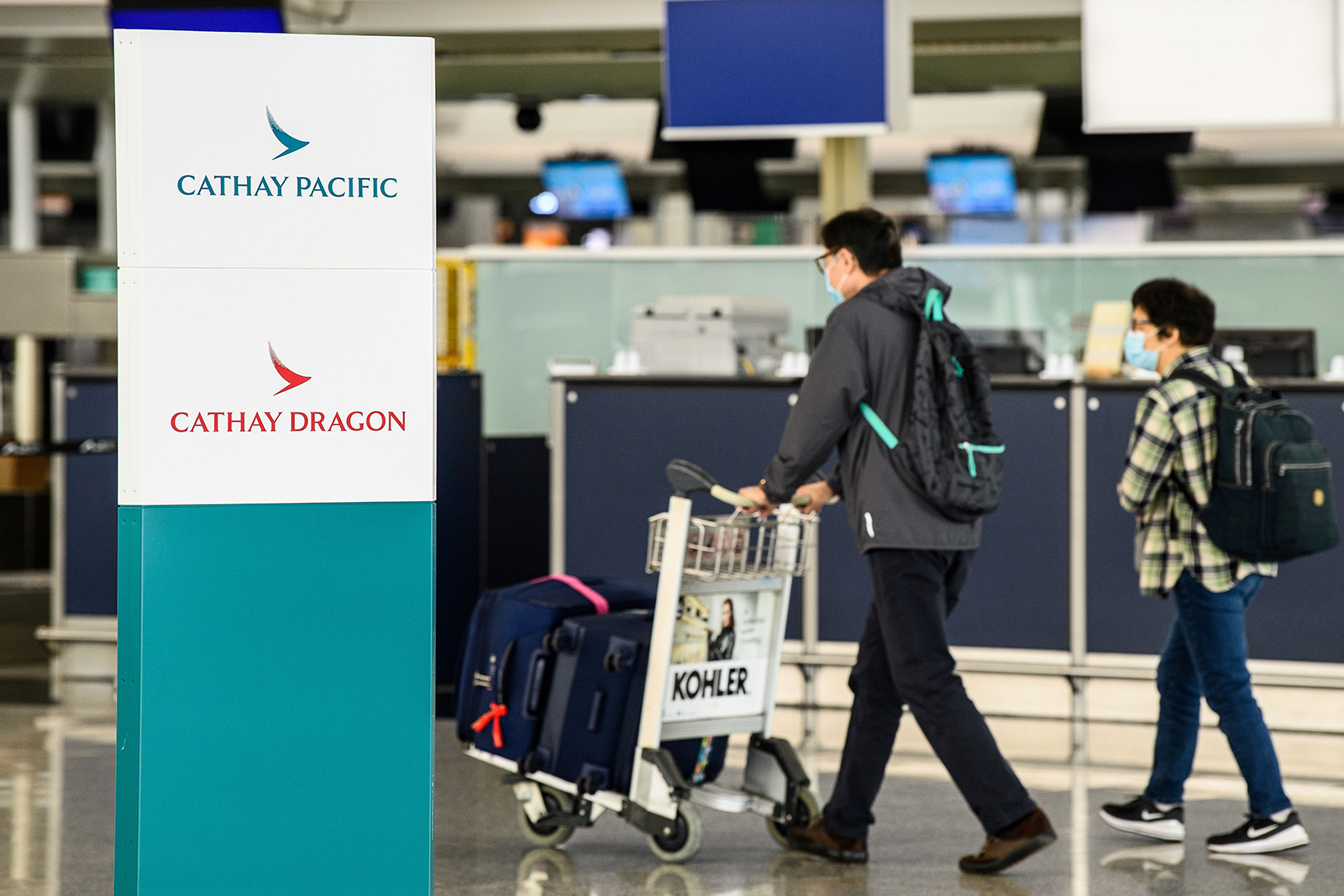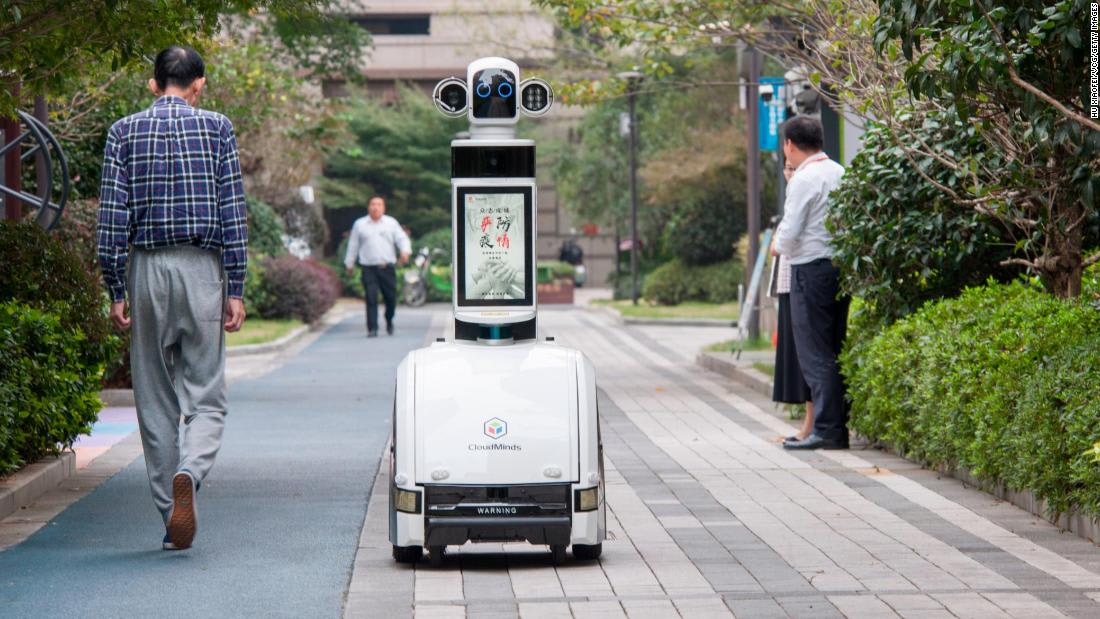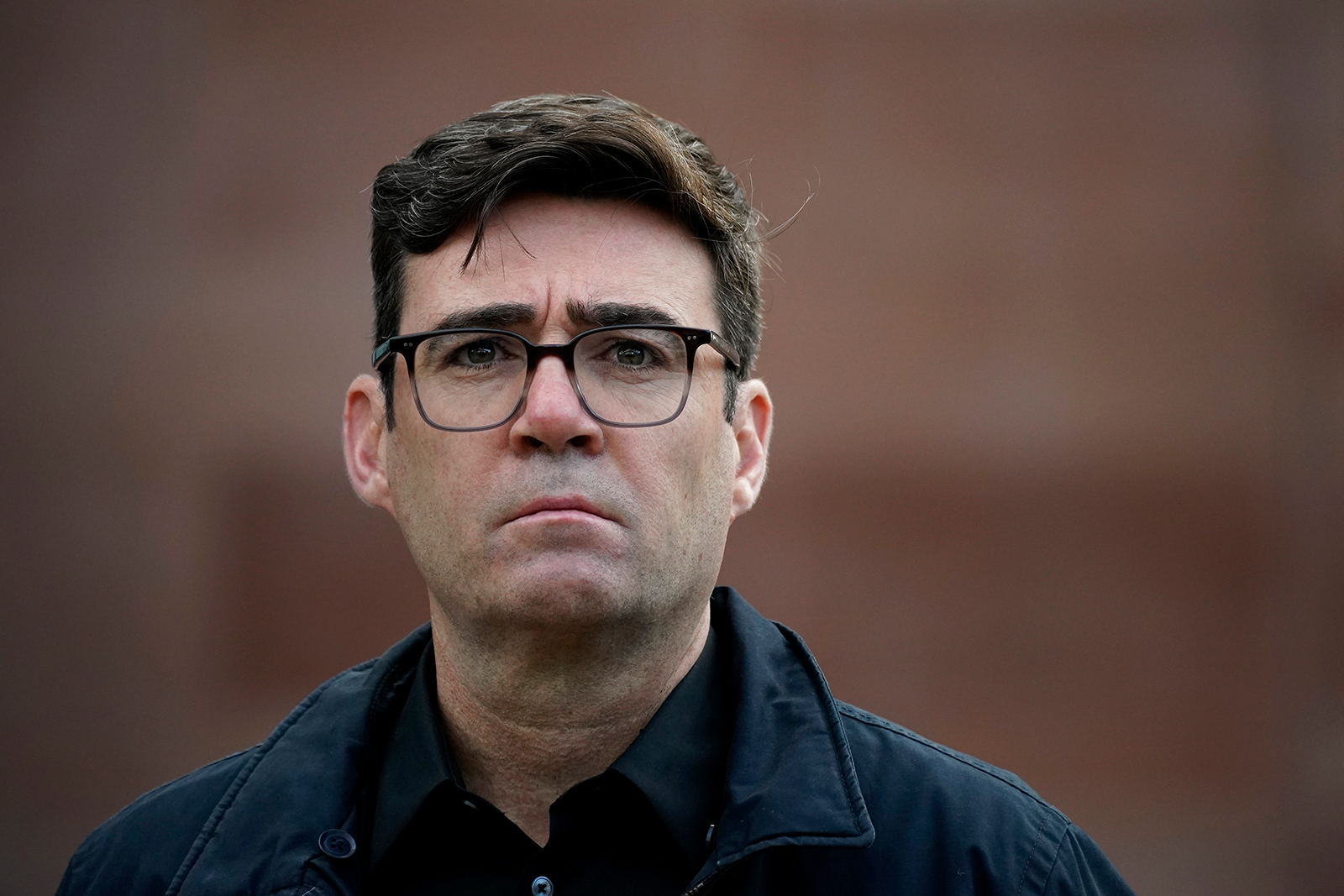
Greater Manchester Mayor Andy Burnham slammed British Prime Minister Boris Johnson after the northern English city was forced into the country's strictest Tier 3 coronavirus restrictions, after local leaders and the central government failed to reach an agreement on an economic relief deal on Tuesday.
Burnham said he requested £90 million ($117 million) in government support until the end of the financial year -- based on a £15 million per month costing -- but the government tabled £60 million. Burnham said he later agreed to £65 million but the government did not budge and walked away.
UK Prime Minister Boris Johnson said at a Downing Street news conference Tuesday that the government “made a generous and extensive offer to support Manchester’s businesses” but “the Mayor didn’t accept this unfortunately.
He said that Greater Manchester will receive £22 million of financial help, adding that not to enforce the new restrictions “would put Manchester’s NHS [National Health Service], and the lives of many of Manchester’s residents, at risk.”
UK Health Secretary Matt Hancock said in the House of Commons that the £60 million offer was still on the table.
The opposition Labour party will today force Parliament to vote for a fair deal for communities facing restrictions, according to its leader Keir Starmer.
Under the new Tier 3 rules, Manchester will have to shut pubs and bars and there will be a ban on social mixing indoors and in private gardens -- although questions have been raised over how the region will comply following the stand-off.
Many in the UK -- including Starmer and scientists advising the government -- have called for a national "circuit-breaker" lockdown, as seen in Wales and Ireland. But Johnson has resisted the calls so far, favoring a tiered, localized approach.
WATCH:


